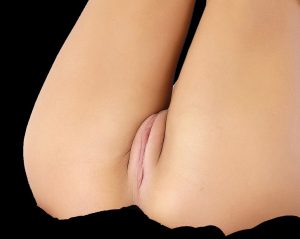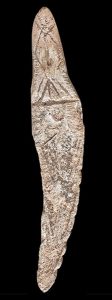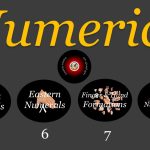Girls, we are told, are born with two sets of labia. They are located on the vulva which is the outer part of a woman’s genitals, or the outside of her vagina. The larger labia are called the labia majora. They are skin filled with “adipose” tissue which is a type of fat that makes the skin look cushiony. During puberty, hair grows on the labia majora. The hair and extra padding protect the thinner and more delicate tissues of the smaller labia called the “labia minora”. Labia minora is latin for “lips,” which they are often called because of the way they look.
The answer to the question what causes one woman’s labia to be larger than another’s:
It is unclear why some women have larger labia than others. It is not caused by masturbation, sex or sexually transmitted infections (STIs). Just like other parts of a person’s body that make them unique such as the size and shape of their ears and nose, labia are different too and this is completely normal!
Center for Young Women’s Health Article is here
 This is an interesting subject but for Applied Biliteral Etymology (ABE) two questions were not answered:
This is an interesting subject but for Applied Biliteral Etymology (ABE) two questions were not answered:
1- It is clear that labia and lips derive from the same Stone Age biliteral root but why is one with ‘p’ and the other in ‘b’?
Answer: ‘p’ is the original Stone Age letter but it was not exactly a ‘p’ but a sound like “pttff”, originally imitative of a spitting cobra, a reason why we have “ph”. Some speakers found it difficult to pronounce the ‘p’ and ‘b’ became a variant followed by ‘f’ and later ‘ph’ as in “phase”. The historical sequence is this: p > b > f > ph > V (live).
2- The statement “labia minora is Latin for lips” does not say more than Latin speakers used the word. Answer: Romans and speakers of Latin did not invent the word but used it as the root, “LP”, belongs to the Stone Age. Note this Akkadian entry: lipiššati [Human → Body] labia (folds of skin of female genitals -vulva-); See also: biššūru, uru (2), qallû, ḫurdatu.

London Moore Makeup
ABE will now tell you why they are called “labia” and “lips”. Another English word that may gave us an idea is loop for which two general meanings are offered online:
1. a shape produced by a curve that bends round and crosses itself.
“make a loop in the twine”. 2. a structure, series, or process, the end of which is connected to the beginning.
However, neither lips nor labia have curves that “bend round” so a better word to recall is left: on, towards, or relating to the side of a human body or of a thing which is to the west when the person or thing is facing north.
 The corresponding word in Ancient Arabia is laff (لف) “turn,” but it can be a full turn in the extension lufafa which can be used to mean a rolled cigarette or any type of rolled material. English leaf and leaves belong to the same biliteral root but leap has nothing to do with any of the above words. It looks a compound of *L’ “land, ground,” and *’P “up, upper,” and German obere constructed of *’P and *’R “earth.”
The corresponding word in Ancient Arabia is laff (لف) “turn,” but it can be a full turn in the extension lufafa which can be used to mean a rolled cigarette or any type of rolled material. English leaf and leaves belong to the same biliteral root but leap has nothing to do with any of the above words. It looks a compound of *L’ “land, ground,” and *’P “up, upper,” and German obere constructed of *’P and *’R “earth.”
Different tribal background and different linguists produced different names for the same parts but not entirely. Ancient Arabic for lip is “šafa” and for labium “šafar” whereas the word for blade is “šafra” and edge of an abyss “šafīr”.
Some lips and labia are narrowly pointed but not to the extent of appearing like blades. In this case extra-etymology is needed to understand why were these specific words chosen. Many archaeological finds include daggers made of stone. The edge of such daggers is very thick and the resemblance to lips and labia is much closer.
 One of several hundred tools and artefacts found at Magar ancient site in Saudi Arabia.
One of several hundred tools and artefacts found at Magar ancient site in Saudi Arabia.
Fly and Flood
The biliteral root of lips, labia, left, loop, etc. is *LP, another invention of the nation of ‛Aad. It is a secondary root derived from the reversed order of its primary *PL the central meaning of its semantic domain is “flee” which derives from *PL and so are words such as fly, flow and flood. The act of flying is “fleeing away.” That of flow is water running away and so is flood. Blow, another product of *PL, is pushing breath away. Plough is another as the blade cut furrows pushing earth aside.
A great deal of figurative speech in involved in these and other examples. Having identified the biliteral root the next step involves identifying migration forms. The meanings of each word is investigated thoroughly to make sure its meanings are within its semantic domain. A simple search of dictionaries can reveal most words in various combinations such as “p + any letter + l” or “f + any letter + l”.
Last modified: May 31, 2023



